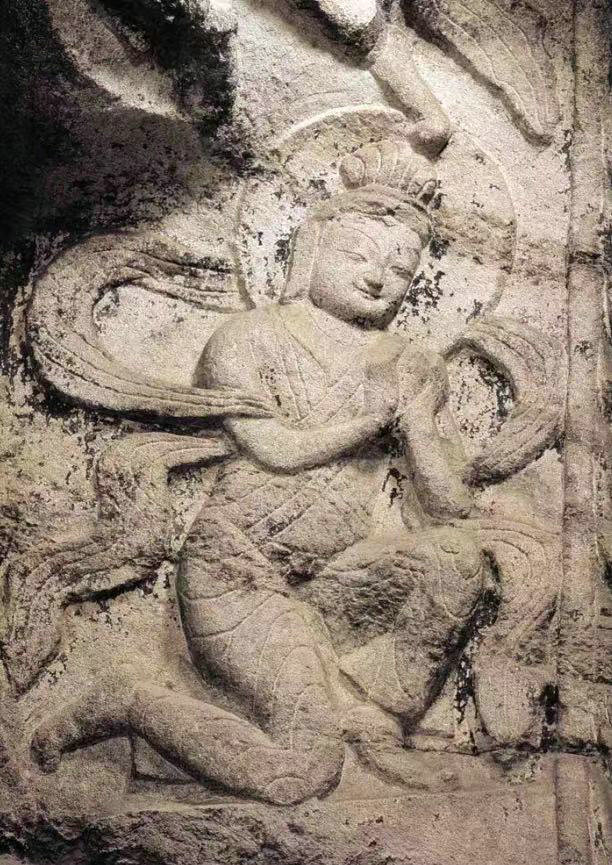

Behind the construction of Yungang Grottoes was the patronage and auspices of the ruling family of the Northern Wei Dynasty (386-534). It hoped to showcase imperial superiority and to unite different ethnic clans living in its territory in northern China.
"What makes Yungang a unique case is that, you can see it as a 'state project', backed by Northern Wei's rulers and court elites," Hang says.
Each of the first five grotto temples houses a colossal Buddha statue, with a height of at least 13 meters, as the central icon for worship. They were built under the suggestion and supervision of Tanyao, a high-ranking monk cleric, and to commemorate Northern Wei's first five emperors.
"Thereafter this massive project utilized as many resources of the dynasty as possible, in a way to produce a 'state prototype', or the 'Yungang format'," Hang adds. "And it trained groups of skillful craftsmen who took with them the style of Yungang when moving to other parts of the country."
He says the influence of Yungang is evident in the representations of Buddhist art across the country, including the Longmen Grottoes in Luoyang, Henan province, which were built after the Northern Wei court relocated its capital city there from Pingcheng.
He says the model also shaped the styles of caves, statues and decorative motifs of grottoes created during the same period in Dunhuang, Gansu province.